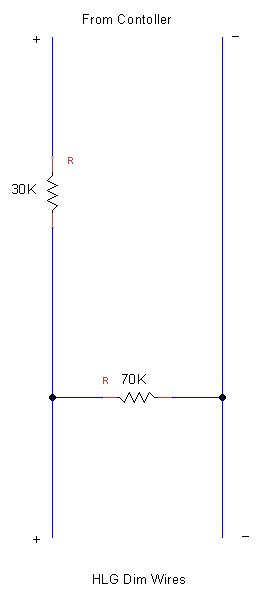TheFishMan65
New member
For those that don't recall the discussion:
XM-L T5 are 260 at 700 ma and 2.9 volts or 128 lumens / watt
XP-G are 139 at 350 ma and 3 volts or 132 lumens / watt
The question is where are most people operating these. If someone calculates I need to run my XPGs at 350 ma to get X lighting then thinks I will save money by buying 1/2 as many XML and doubling the current to double the light. Then they would be wrong. Now it maybe true at 700 and 1400 (I would have to do the math), and probably many other values. I think we need to find out where most people are running the XM-Ls.
XM-L T5 are 260 at 700 ma and 2.9 volts or 128 lumens / watt
XP-G are 139 at 350 ma and 3 volts or 132 lumens / watt
I disagree because XMLs are designed to run hotter so IMHO the same current is out. So it make sense the XMLs should have more current (so fewer LEDs for the same output).Compare that to the lumen output of the same number of XML at the same current.
but at what current? I picked (I think) the manufacturers recommendation.Or find out the number of XML needed to to supply the same number of lumens.
A watt is a watt. XML require less current to reach a voltage (so consume less power/watts) it really boils down to how much light/lumens/PAR/PUR is produced.Also, keep in mind the the watts consumed by a XML at the same current as the xpg is less
That is why I was comparing lumens per watt.While the lumen output of the xml may be the same/ higher/ lower than the xpg, the XML use less energy to do the same amount of work.
The question is where are most people operating these. If someone calculates I need to run my XPGs at 350 ma to get X lighting then thinks I will save money by buying 1/2 as many XML and doubling the current to double the light. Then they would be wrong. Now it maybe true at 700 and 1400 (I would have to do the math), and probably many other values. I think we need to find out where most people are running the XM-Ls.

